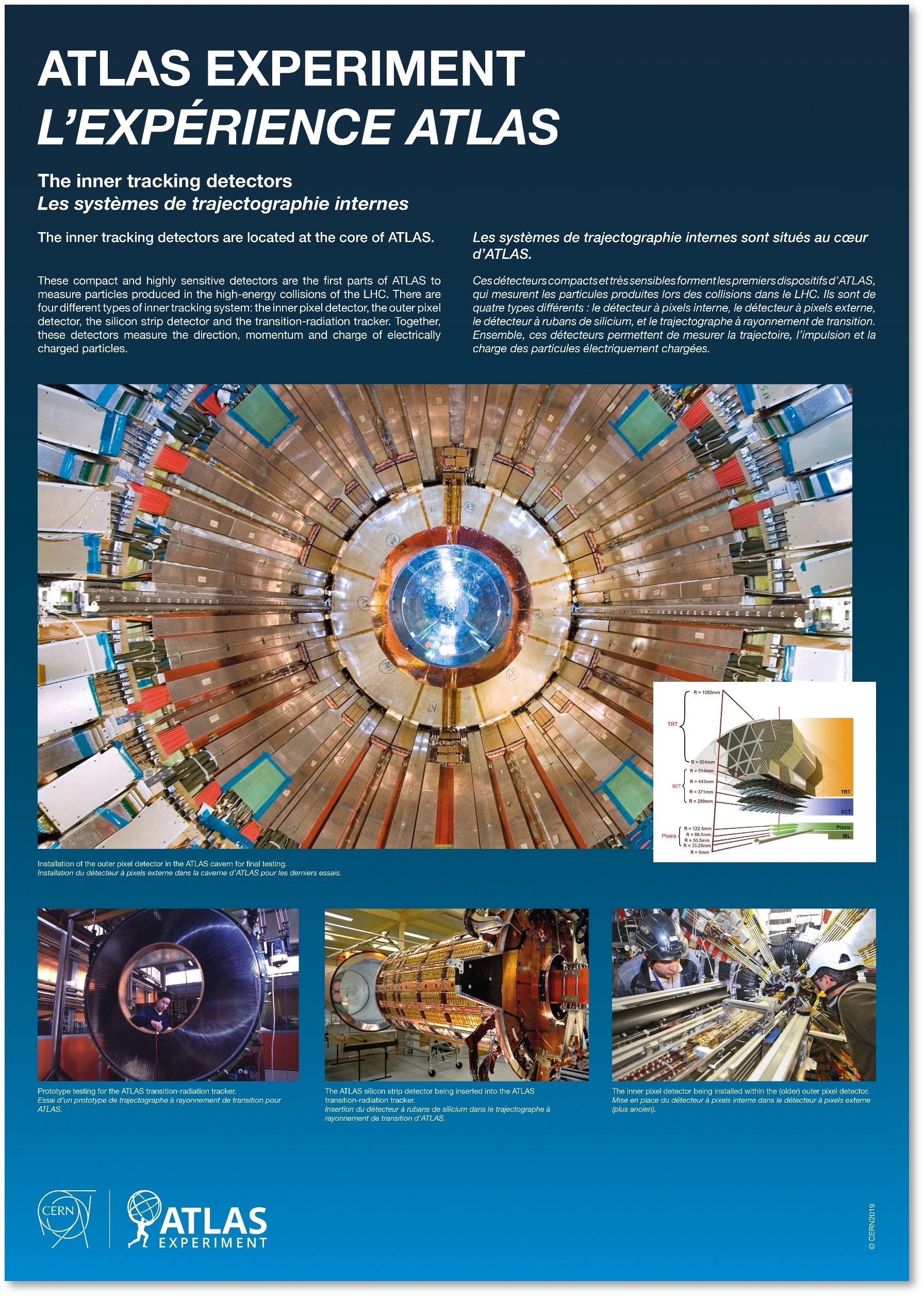
ATLAS is a particle physics experiment at the Large Hadron Collider at CERN. Starting in late 2009/2010, the ATLAS detector will search for new discoveries in the head-on collisions of protons of extraordinarily high energy. ATLAS will learn about the basic forces that have shaped our Universe since the beginning of time and that will determine its fate. Among the possible unknowns are the origin of mass, extra dimensions of space, unification of fundamental forces, and evidence for dark matter candidates in the Universe.
ATLAS is known because of the research for the Higg’s Boson, the so called “God particle”. Now this research generates sounds. Lily Asquith is a particle physicist who has just finished her PhD at University College London. Her work on this project has been to identify physics processes for sonification and to convert real and simulated ATLAS data into files readable by audio software. Lily came up with this idea whilst trying to describe to a very patient friend what she thought different particles would sound like.
Now a group of particle physicists, composers, software developers and artist is working on sonification of ATLAS data. The data are first processed using the vast and all-powerful ATLAS software framework. This allows raw data (streams of ones and zeroes) to be converted step-by-step into ‘objects’ such as silicon detector hits and energy deposits. We can reconstruct particles using these objects. The next step is to convert the information into a file containing two or three columns of numbers known as a “breakpoint file”. It can also be used as a “note list”. This kind of file can be read by compositional software such as the Composers Desktop Project (CDP) and Csound software used for this project.
An excerpt.
- The decay of a God particle
This example maps properties of the Higgs jet to properties of sound. A jet is made up of lots of cells containing energy deposits. Each cell has an energy, a distance and an angular distance (dR) associated with it. So each cell can be heard as a separate note in this example. This is quite a long track (about 90 seconds). The sounds reduce in density very much towards the end, with isolated events separated by silences of several seconds.
